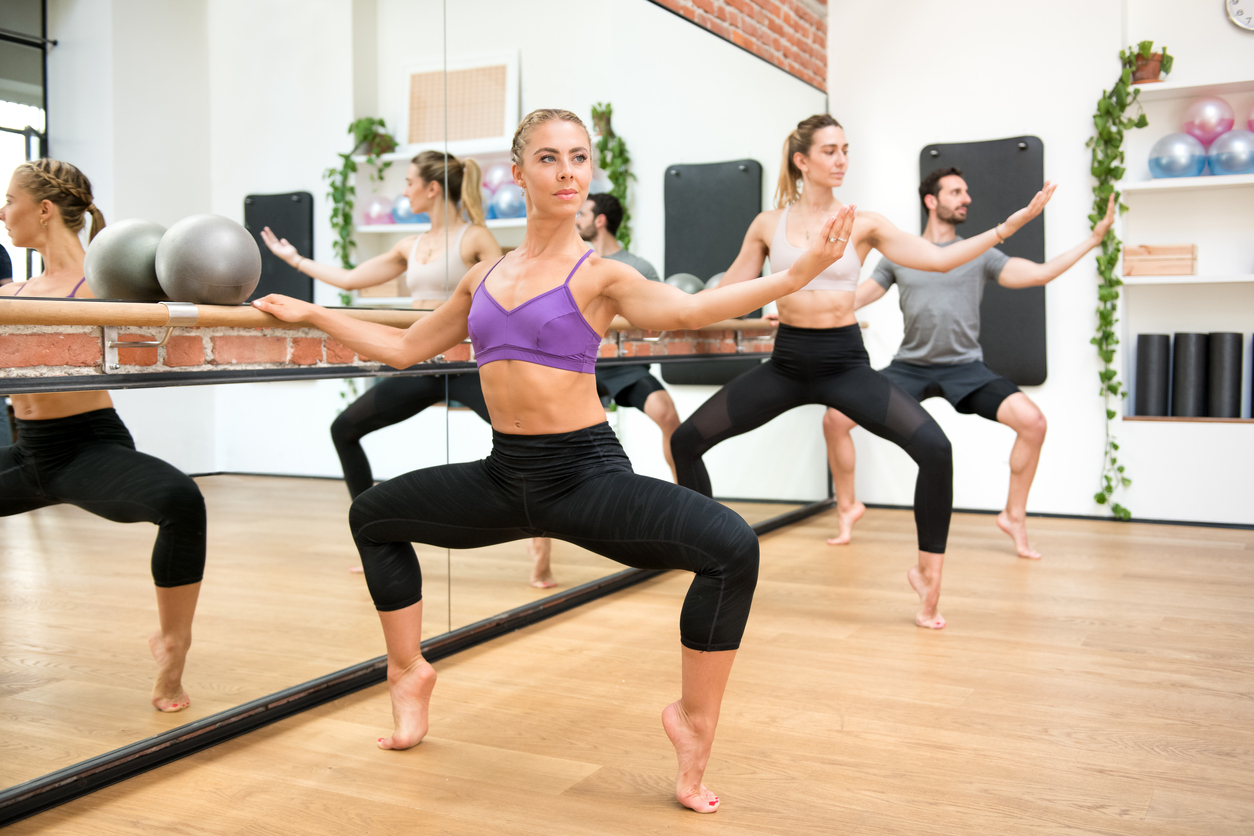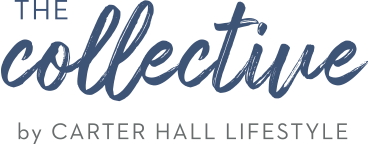

“Feel The Burn!” | The Science Behind the Barre Burn
Have you ever been in barre class, and during the workout your muscles start to burn and your legs begin to quiver and shake? Well, you my friend, you have experienced what is known in the barre community as the “barre burn”.
If you haven’t had the chance to take a barre class, you are missing out! Let’s find out why.
What is a Barre Workout Anyway?
The barre class workout technique was developed in the 1950s by Lotte Berk, a German-born modern dancer. After injuring her back, Lotte combined ballet barre routines with rehabilitative therapy to create a fitness system. This technique is inspired by elements of ballet, yoga, and Pilates, and focuses on low-impact, high intensity movements designed to strengthen and tone your body in ways that few other workouts can.
With barre, you have the opportunity to work your slow-twitch (Type 1) muscle fibers to build strength endurance. The muscles in each group are fatigued via small targeted movements, high repetition, and light weight or resistance. Interspersed throughout the class are moments of stretching and core work. The class is also designed to boost endurance, improve balance, increase range of motion, promote better posture, and help with weight management.
The Difference Between Slow- and Fast-Twitch Muscles
So you may be asking yourself, what are slow twitch muscles? Skeletal muscle is made up of fibers that are bundled together and work simultaneously to contract and provide the movements that we need to function throughout our day. These fibers are categorized into two types called slow-twitch (Type I) and fast-twitch (Type II), and the difference lies in the way they create energy for their contractions. Type I fibers are more efficient and can contract for longer periods of time, whereas Type II fibers are better for short bursts of speed and strength and fatigue more quickly.
Slow twitch muscle fibers are mainly used for activities that require efficiency over time such as maintaining posture or endurance exercises like running a marathon. These fibers have a low threshold meaning they are activated first before fast twitch muscle fibers, but aren’t as easily fatigued. They are highly vascularized and have many mitochondria, mini energy producing cells, which utilize aerobic (with oxygen) respiration for energy. Aerobic respiration is a long process involving many different steps to create energy in the form of ATP from amino acids, carbohydrates and fatty acids. Although it may take longer, aerobic respiration provides a larger, steady stream of energy increasing stamina and oxygen capacity of your muscles allowing them to keep going for long periods of time (1).
Fast twitch muscle fibers are generally built for exercises that require short, explosive, powerful bursts of energy such as heavy lifting or football. These muscles have a high activation threshold and are activated when the slow twitch muscles cannot meet the strength or force requirements of the activity. Their ability to contract quickly with a great amount of force comes from the anaerobic (without oxygen) respiration process of creating energy. Since there are significantly fewer mitochondria in these muscle fibers, ATP is formed quickly from energy stored inside of the contracting muscle cells in the form of glycogen (2). This process will provide much less energy and also begin to build up lactic acid. There are two types of fast twitch muscle fibers including Type IIa and Type IIb. Type IIa, fast oxidative-glycolytic, utilizes some oxygen to help convert glycogen to ATP. Type IIb, fast glycolytic, has the fewest mitochondria and therefore utilizes no oxygen relying on glucose to produce energy (1).
Think of muscles fibers as a spectrum with Type I slow twitch at one end and Type IIb fast twitch at the other end. Type IIa fast twitch muscle fibers will lie somewhere in between having the ability to utilize some oxygen to create ATP necessary for the fast, short term intensive exercises while recovering slightly quicker than Type IIb (1).
So What’s The Deal with the Barre Burn?
So you’re in barre class and suddenly: uncontrollable shaking – check! legs on fire – check!
We have all experienced this burning sensation in our muscles, but why does this happen?
There are three pathways the body uses to create energy: phosphagen, glycolytic, and oxidative. All three systems work simultaneously to a degree, but parts of the system will become predominant depending on what the needs of the body are.
During short term intensive exercise your fast twitch muscles, which are anaerobic (without oxygen), use energy that is already present in your body along with glucose. These intensive exercises activate an ATP-PC energy system also known as the phosphagen system. This process synthesizes ATP from a high energy phosphate called phosphocreatine (PC) which is stored in your muscle cells.
According to studies, this phosphagen system can only create energy for about 10 seconds of high intensity effort which is when the glycolytic system takes over (3). This system quickly compensates for the lack of ATP using glycolysis for energy lasting only a few minutes and can ultimately result in an accumulation of lactate and hydrogen molecules. This build-up of hydrogen ions decreases pH causing a state of acidosis interfering with muscle contractions through a number of ways which is why you feel that burn and discomfort. This is now when the oxidative system kicks, which relies on energy derived from fats and carbohydrates.
What’s the Takeaway?
It is beneficial to understand the science behind how your muscles react and contract during different types of exercises. This knowledge can help you integrate the right workouts into your routine to help you reach your goals.
Remember, slow twitch muscles use oxygen to create energy for contractions providing a long steady stream of energy. Both barre and pilates exercises engage these slow twitch muscle fibers using low-impact movements to the point of exhaustion. These types of workouts also increase cardiovascular endurance and metabolism, which helps to quickly burn calories. Other benefits include: a lifted bum (oh hey!), improved core strength (flat tummy!), increased flexibility (yup – you too can do a split!) and improved posture.
Barre workouts are a definitely must add for anyone who is looking to vary their resistance/strength training workouts, build flexibility and core strength and improve strength endurance.
Fast twitch muscles use very little to no oxygen (anaerobic) for energy and provide those short, powerful, quick bursts of energy. These muscles are initiated during workouts such as powerlifting, sprinting and high intensity interval training (HIIT) but will also contribute to that lactic acid build up causing that burning sensation. Similar to aerobic exercise, studies show that anaerobic exercise can help increase the reduction in non-esterified fatty acids (2). This study showed the benefit of an aerobic workout followed by an anaerobic workout resulting in the release of triglyceride stores and a reduction in BMI.
It comes down to finding the exercise that you enjoy the most while listening to your body and being aware of how these exercises are making you feel. Determining your goals and utilizing the knowledge of the different muscle fibers can help you create an exercise program that includes the right training strategies to maximize efficiency and enjoyment.
Is the burn experienced in barre class the ‘bad kind of burn’? Not at all. The burn might trigger some discomfort, but it is definitely an indication that your muscles are being challenged, which makes them stronger. Barre workouts are a definitely must add for anyone who is looking to vary their resistance/strength training workouts, build flexibility and core strength and improve strength endurance. Happy shaking!


